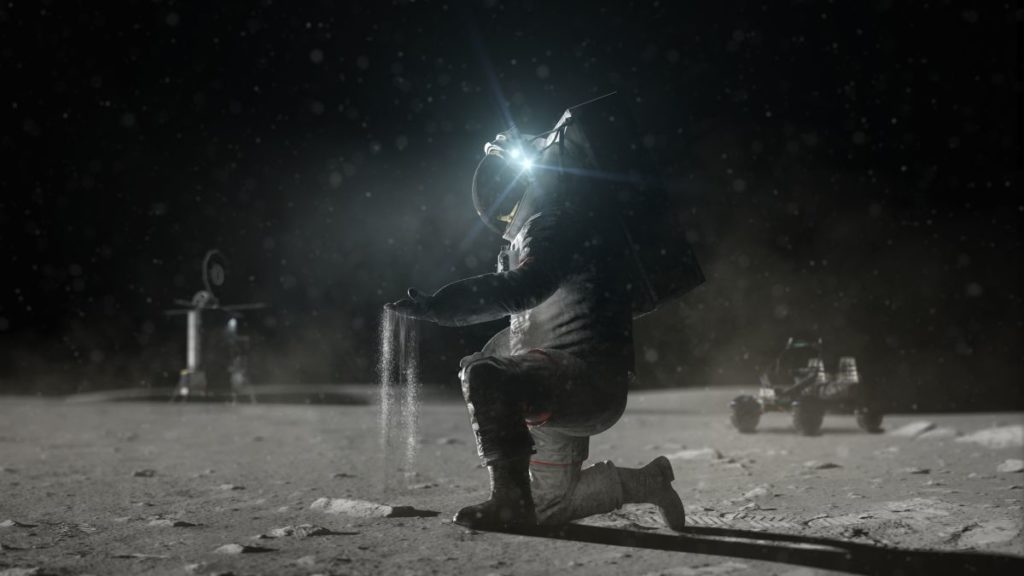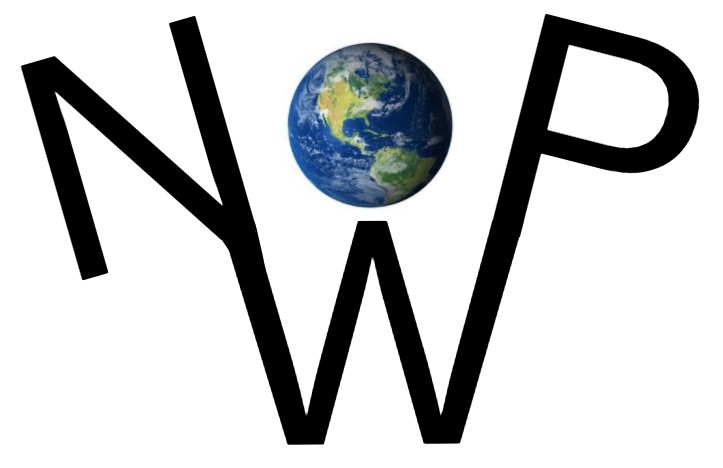“You wouldn’t know it by looking at it, but the moon is a time capsule.”
“It’s all right there. We just need to dig it up.”
The following written content by Paul Sutter

You wouldn’t know it by looking at it, but the moon is a time capsule.
Its surface has been completely exposed to vacuum for almost 4.5 billion years; meanwhile, it has been soaked by particles from the sun and beyond the solar system. Those particles remain, buried under the lunar surface, providing a detailed record of the history of our solar system and even our entire galaxy.
It’s all right there. We just need to dig it up.
Here comes the sun
Besides light, our sun is constantly emitting a steady drizzle of high-energy particles, collectively known as the solar wind. The solar wind is made of mainly electrons and protons, but the occasional heavy nucleus also slips out of the sun’s gravitational embrace.
The solar wind flows through the entire solar system, but very few of those particles reach the surface of the Earth, where we can study them more easily. That’s because of our magnetic field — which does a fantastic job at redirecting the paths of those charged particles, forcing them to follow specific routes around our planet — and our atmosphere, which absorbs the bulk of the solar wind in the form of our lovely aurora light shows.
The moon has neither of those features. At least, it hasn’t in the past 4.5 billion years: Back when the moon was molten it may have sported a temporary magnetic field, but that’s in the distant past. For all these billions of years, the moon has been steadily soaking up solar wind particles, absorbing them into its regolith.
Faced with that nonstop onslaught, the regolith has changed. The high-energy particles may have disrupted the chemical composition of the lunar surface. Elements like potassium, which should be found in abundance, seem to have been turned into other elements, which then floated away.
The lunar dust has also been sunburnt: Even though each individual particle is super tiny, the moon has no atmosphere and so no erosion, leaving the same dirt to face the sun again and again. Each little solar particle tears a microscopic hole in the dirt, so by studying the structure of the regolith, we can see a record of the sun’s glare. Read more from Space.
Follow other related news stories from News Without Politics





